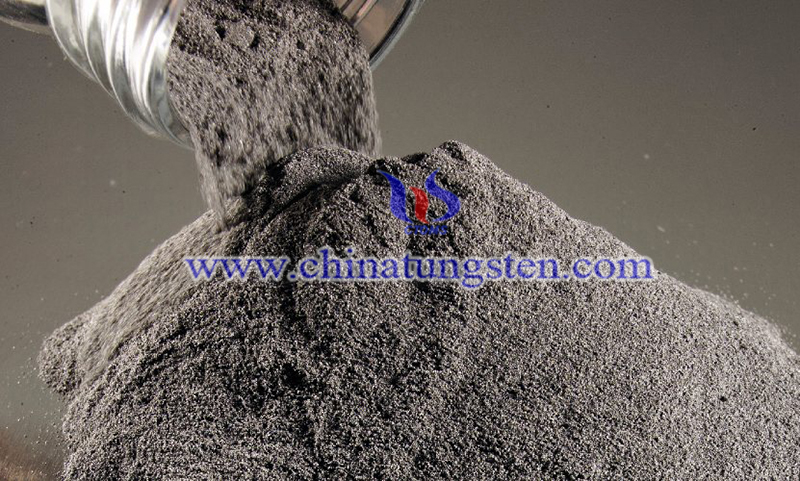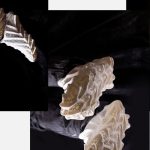3D Printing Technique Makes Brittle tungsten Crack-Free
- Details
- Category: Tungsten’s News
- Published on Saturday, 19 June 2021 21:51
3D printing technique developed by Karlsruhe Institute of Technology (KIT) researchers makes brittle tungsten crack-free. Recently, KIT researchers in Germany have developed a new type of electron beam melting (EBM) three-dimensional printing technology. Its appearance makes it possible to produce brittle tungsten (W) without cracks, thereby allowing the metal to be better used in harsh working environments.
Tungsten is a typical refractory metal because of its high melting point (3,422°C), high density (19.3 g/cm³), high hardness, good electrical, thermal conductivity, low thermal expansion coefficient, low vapor pressure, slow evaporation rate, excellent chemical stability, and benign mechanical properties, etc., making it an ideal material for components that operate at extreme temperatures. In addition to manufacturing the most common bulb filaments, arc welding, and radiation shielding parts in life, it can also be used to produce collimators, rocket nozzles, plasma-oriented materials for the International Thermonuclear Fusion Experimental Reactor, etc.

There is a big issue, though: the metal is highly brittle at room temperature, which means it is hard to process using conventional techniques. W is prone to micro-cracks when processed by three-dimensional printing technology, which in turn leads to a decline in the overall performance of the product.
In order to solve the above-mentioned problems, KIT researchers reset the electron beam melting process parameters. The innovation of the 3D printing technology can greatly reduce the brittleness of metal W, make it easier to process, and avoid the generation of micro-cracks. The EBM technique uses electrons accelerated in a vacuum to melt metal powder. By moving the electron beam, it is possible to produce a 3D component from the metal in an additive way.
EBM additive manufacturing method: electrons accelerated under vacuum can selectively melt metal powder, and generate 3D components in an additive manner, that is, layer by layer. The advantage of this production technology is that the electron beam can preheat the metal powder and the carrier plate before melting, thereby reducing the degree of deformation and internal stress, and making it possible to process tungsten materials that are easily deformed at high temperatures.

With the outbreak of the Covid-19 epidemic in 2020, the amount of 3D printed tungsten parts used by medical CT equipment is increasing, such as tungsten anti-scatter grids, which have a thin wall thickness, high density, strong ray absorption ability, good shading, and design flexibility. Features of great freedom. And the use of the EBM 3D printing technique could make brittle tungsten crack-free and largely improve the production of medical equipment.
- < Prev
- Next >
Link to this article:3D Printing Technique Makes Brittle Tungsten Crack-Free
Reprint Statement: If there are no special instructions, all articles on this site are original. Please indicate the source for reprinting:Tungusten,Thanks!^^

